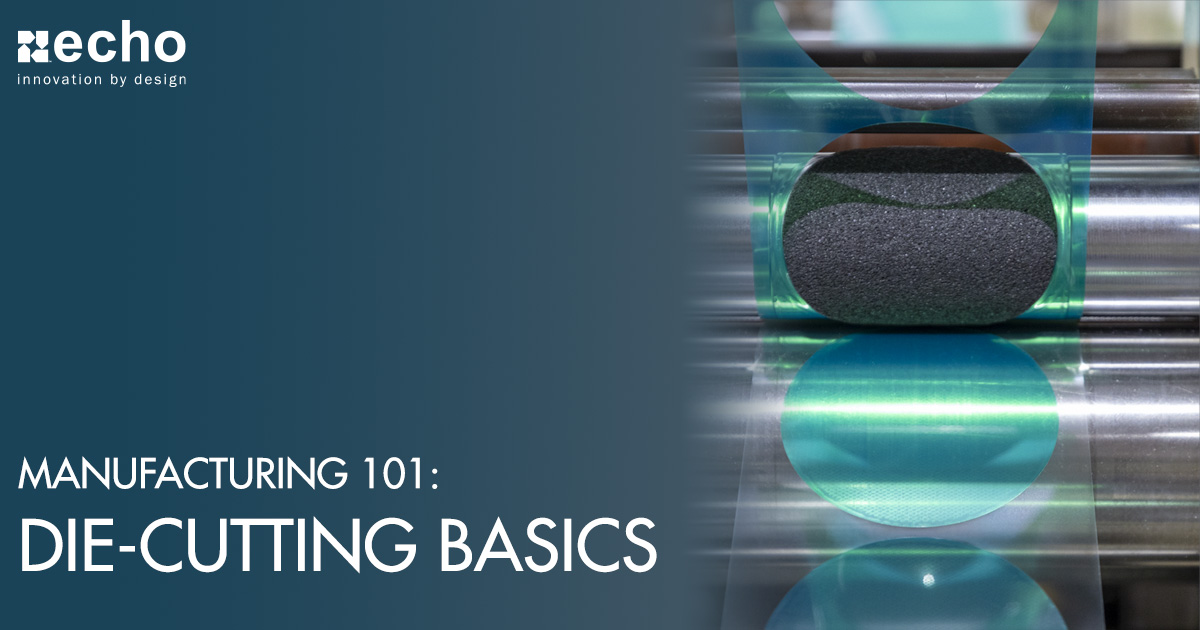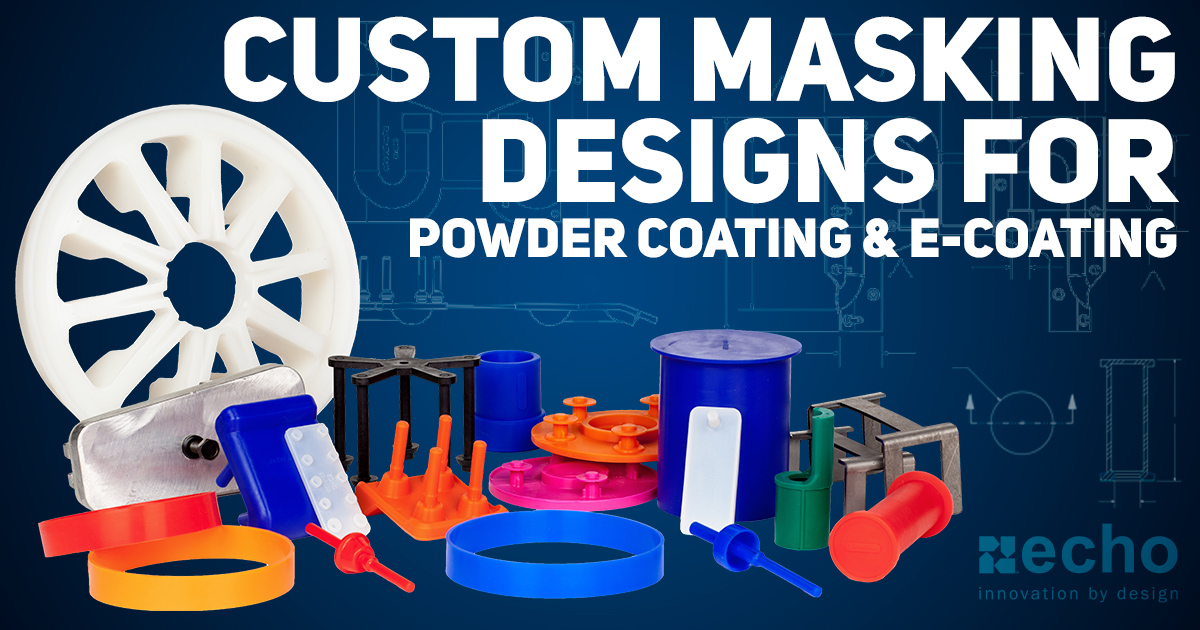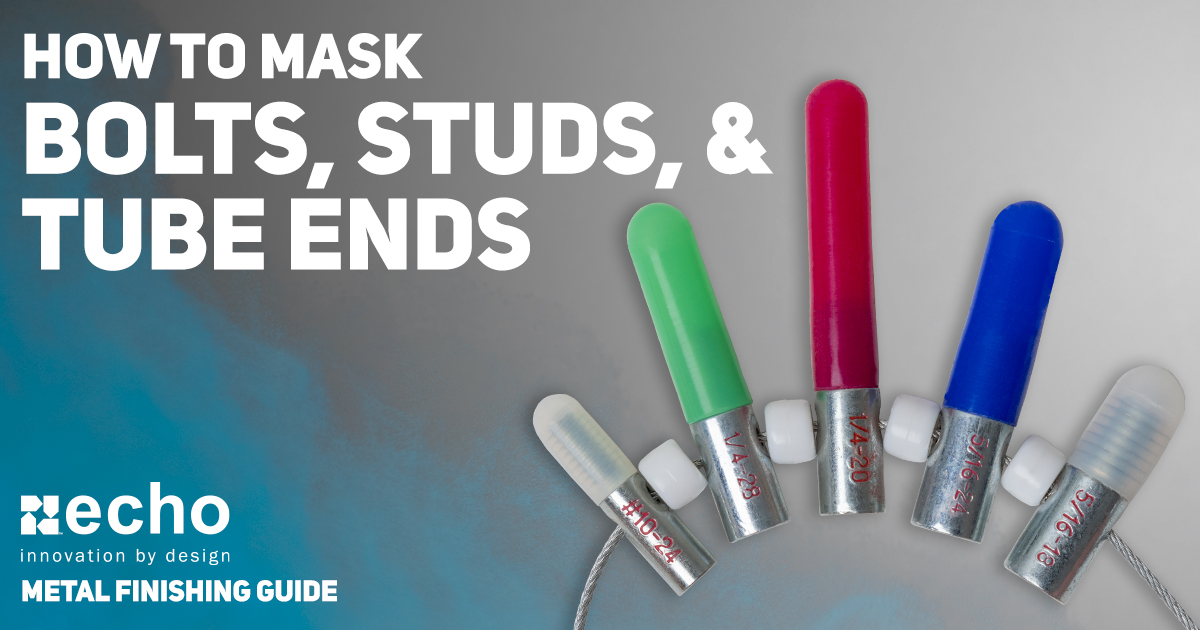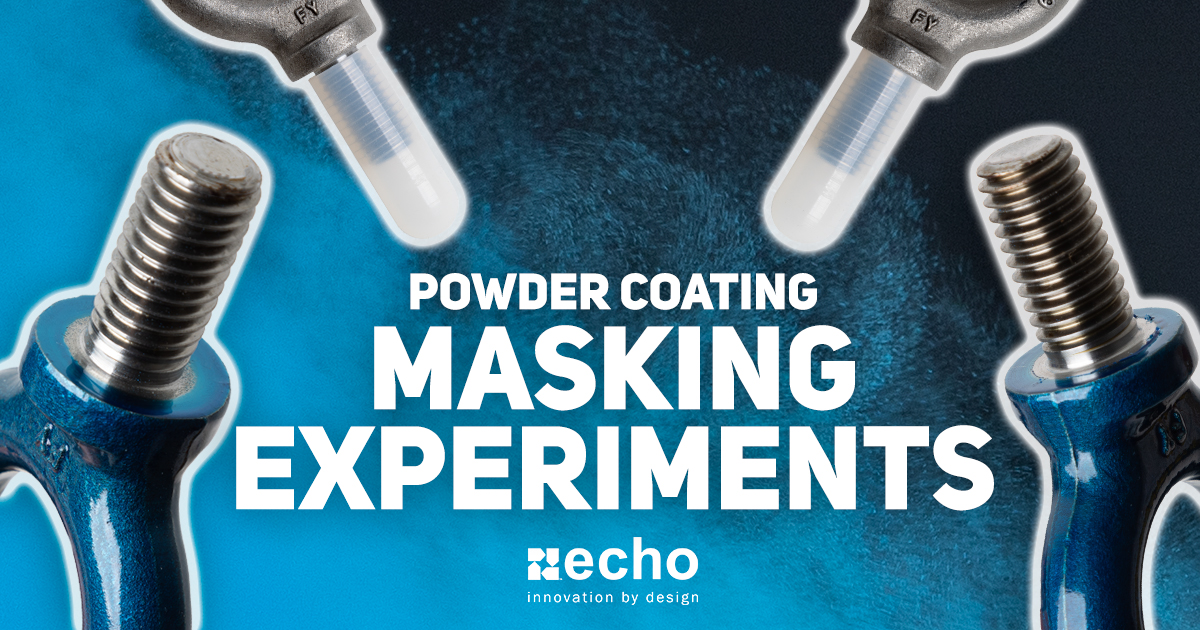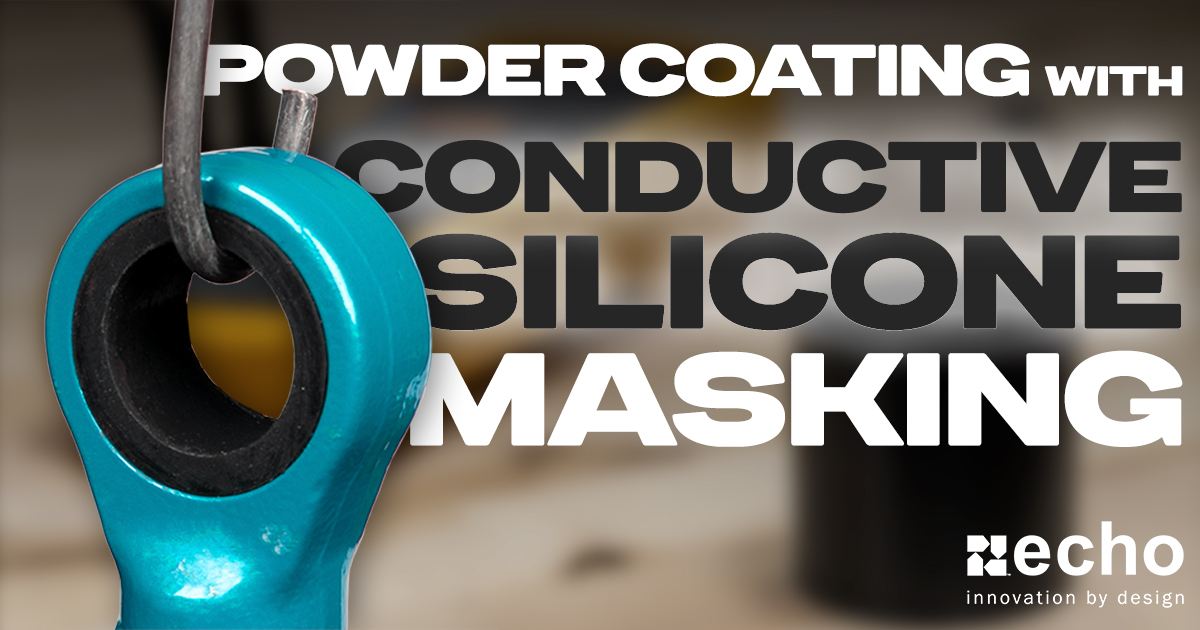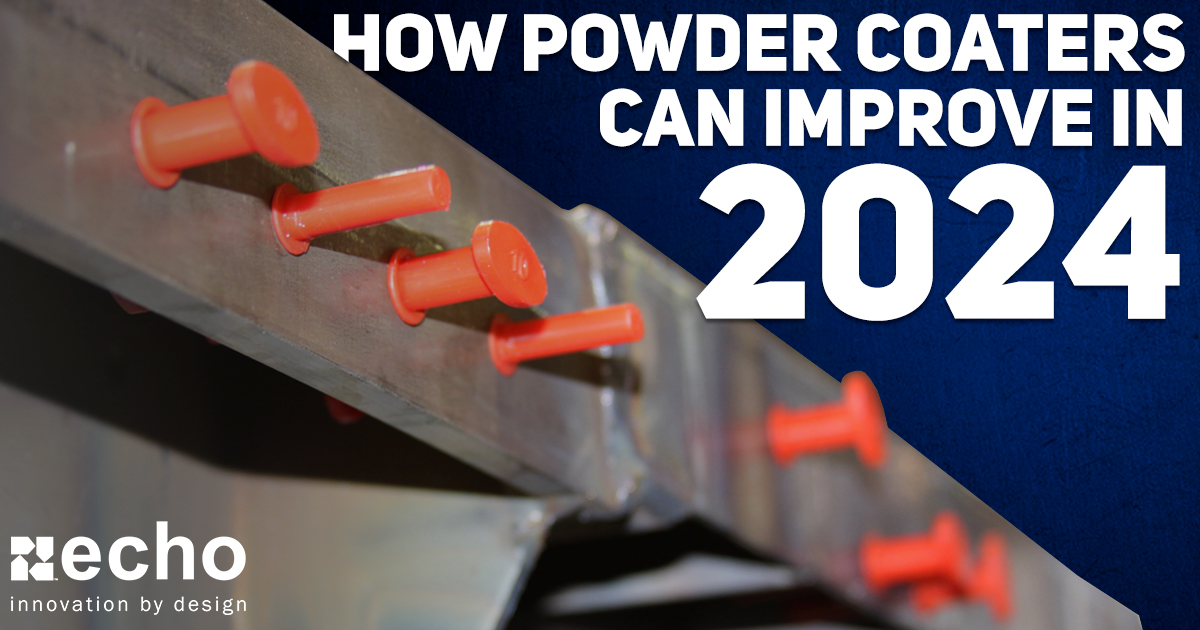How Much Does Custom Die-Cut Masking Tape Cost?
-
 By
Lee Lechner
By
Lee Lechner - May 15, 2023
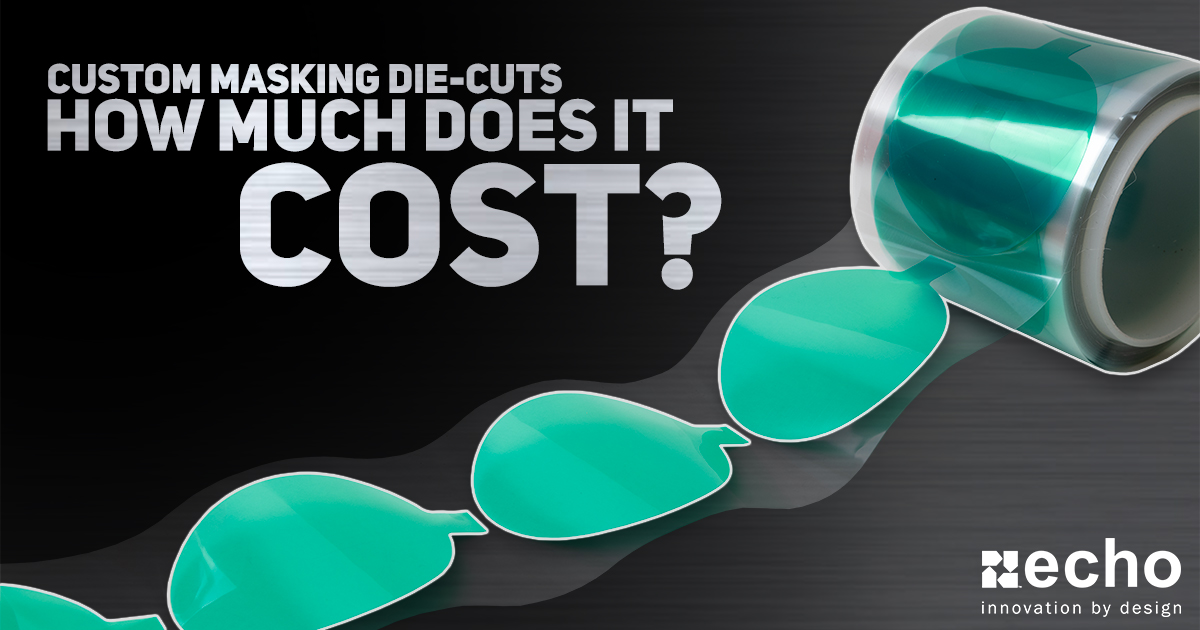
Masking is essential for many powder coaters, e-coaters, and other metal finishers. However, using standard rolls of tape can lead to wasted time & resources, injuries, and a higher reject rate. Custom die-cut masking tape is a specialized solution that can help streamline your production process and save you money in the long run. But how much does it cost to switch to custom die-cut masking tape?
Benefits of Custom Die-Cut Masking Tape
Custom die-cut masking tape is a tailored solution designed to fit the specific needs of your production process. The tape is pre-cut to the exact size and shape necessary, reducing waste and increasing efficiency. The core benefits of converting over to custom die-cuts will result in the following:
- Increased Efficiency: With custom die-cuts, you’re eliminating the need for hand-cutting and trimming. This saves time, reduces labor costs, and increases production output.
- Improved Quality: Custom die-cuts are tailored to your exact dimensional requirements. This means every piece is the same, unlike the results you may get from hand-cutting each one. This also means you’ll like to reduce part rejects, saving you time and money.
- Reduced Waste: Die-Cuts are designed to take advantage of as much of the tape as possible. Hand-cutting tape can cause a lot of mistakes, which in turn can result in a lot of wasted adhesive.
So, What Are The Costs?
The cost of switching to custom die-cut masking tape will depend on several factors. The first factor is the size and complexity of your project. This plays a significant role in what form of tooling you’ll need, which differs in price. Additionally, the type of material used for the tape can affect the cost. High-quality materials may be more expensive, but they can also provide better adhesion, durability, and performance. Finally, the volume of tape required will also impact the cost. The more tape you need, the lower the price per unit may be.
Below you’ll find more details on each factor to better understand how much your custom die-cut may cost.
Tooling Pricing
When it comes to rotary die-cuts, you’ll be quoted one of the two tooling options: Solid tooling or flexible tooling. The deciding factors come down to the thickness of the material, your timeframe, die-cut shape, and, most importantly, volume.
To simplify this for you, here is a quick breakdown of each option:
Solid Tooling: Solid tooling usually starts around $1200 and can go up to $15,000+. Things like vacuum eject, die size (15”-30”), and the number of cavities all cause the price to increase. If you have a high volume or a longer duration project, this will likely be the tool quoted for you. Lead time for this tool form varies. Relatively standard die-cuts will have a lead time of around 5-7 business days, while complex requests may take up to 6 weeks.
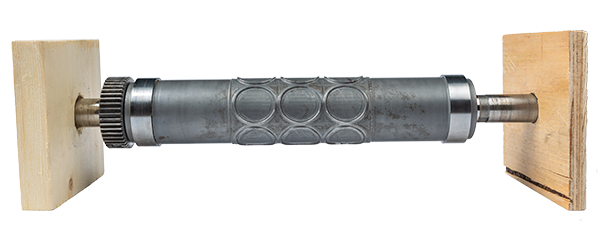

Flexible Tooling: Price will likely range between $400 - $1200. If you have a low volume and need parts done quickly (this tool has a lower lead time), this will likely be the tool quoted for you. Flex tooling’s lead time will typically be around 2-3 days after P.O. is received.
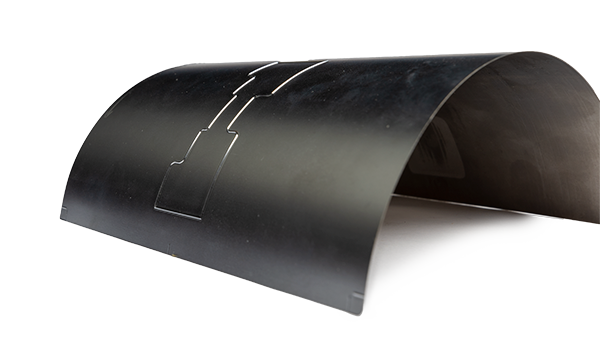

Die-Cut Pricing Factors
There are a few things that factor into the die-cut pricing, so we’ll try to keep it as simple as possible by giving you a better understanding of the core elements that go into the die-cut total price:
Material: A significant factor in die-cut tapes will be the material used. Look at our catalog options for 0.5” diameter discs. A 0.5” diameter green poly disc is priced at $.0140 / piece. The glass cloth counterpart, however, is priced at $.0294 / piece. The material you need is mainly going to be based on your application. Glass cloth is much higher because it’s a little more challenging to die-cut, thicker (making it better for thicker powder coats), and has a higher temperature resistance compared to green poly (500F vs. 400F).
Part Complexity: Part complexity will play a role in the tool selected, tool pricing, and the piece price. Complex parts can be more challenging to manufacture, which will slow the production rate, resulting in higher labor costs and higher piece prices. There are a lot of variables here that may be factored in.
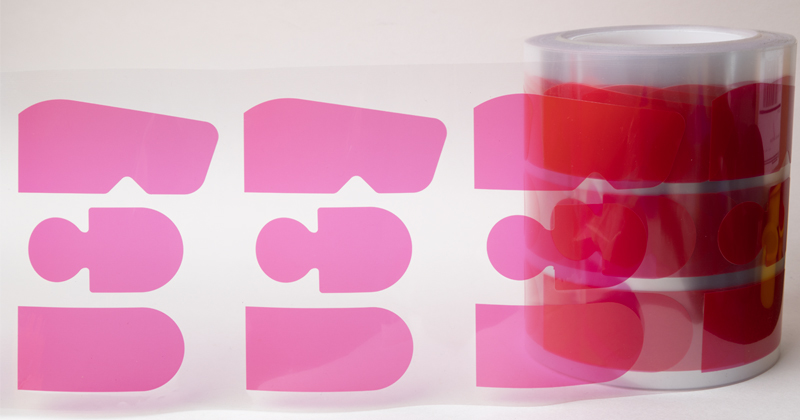

A part can become more complex in other ways, but make your job much more manageable, such as adding pull tabs or non-adhesive tabs for easier installation/removal. These will result in a higher piece price, but to simplify this post, we will stick with commonly requested custom die-cuts. A complex die-cut can be as much as 50%-60%+ higher than a general custom die-cut. A “kit” for example, will have a high tooling price and part price. It requires the tool to have more blades, which means more metal and all the webbing between single parts is scrap.
Quantity Discounts: Higher volumes will likely result in discount rates, lowering the price per piece. Once you get into higher volume needs (typically 50k+ EAUs), bulk pricing discounts can typically help bring down the price by 10%-30%, depending on total volume. Bulk pricing discounts will also be dependent on part size, configuration, and material selection.
How Do You Justify Switching to Custom Die-Cuts?
When justifying investing in custom die-cuts, you must ensure it’ll be worth the initial cost. To justify the expense, look at what your core issue is likely to be:
Labor: If your primary issue is going to be how much time and effort you have to put towards custom cutting tape to mask off your parts, then you need to do a time study. You’ll need to focus on time spent masking compared to how much you pay your employees and how many pieces need to be masked. Making the switch to custom die-cuts will likely make a significant impact for you, especially with medium-to-high volume runs.
Rejected Parts: If your main issue comes from higher quality standards resulting in a higher reject rate, custom die-cuts may be an easy decision if you’re wasting a certain percentage of the parts you’re making. Calculate what you’re losing, whether parts must be thrown out or time spent to redo parts, and see how fast you can justify tooling.
Conclusion
While the upfront cost of converting to custom die-cuts may be higher than traditional tape, the benefits of increased efficiency and reduced waste can and should ultimately lead to significant cost savings. As labor costs have skyrocketed these past few years, decreasing time spent masking off parts has never been more critical.
When considering the switch, it's essential to factor in the size and complexity of your project, the type of material needed, and the volume required. By doing so, you can make an informed decision that will benefit your production process and your bottom line. If you want to explore your options, fill out the contact form below, and our team will help you better understand if custom die-cut masking is correct for you.



